Moving Your Body Helps You Live Longer
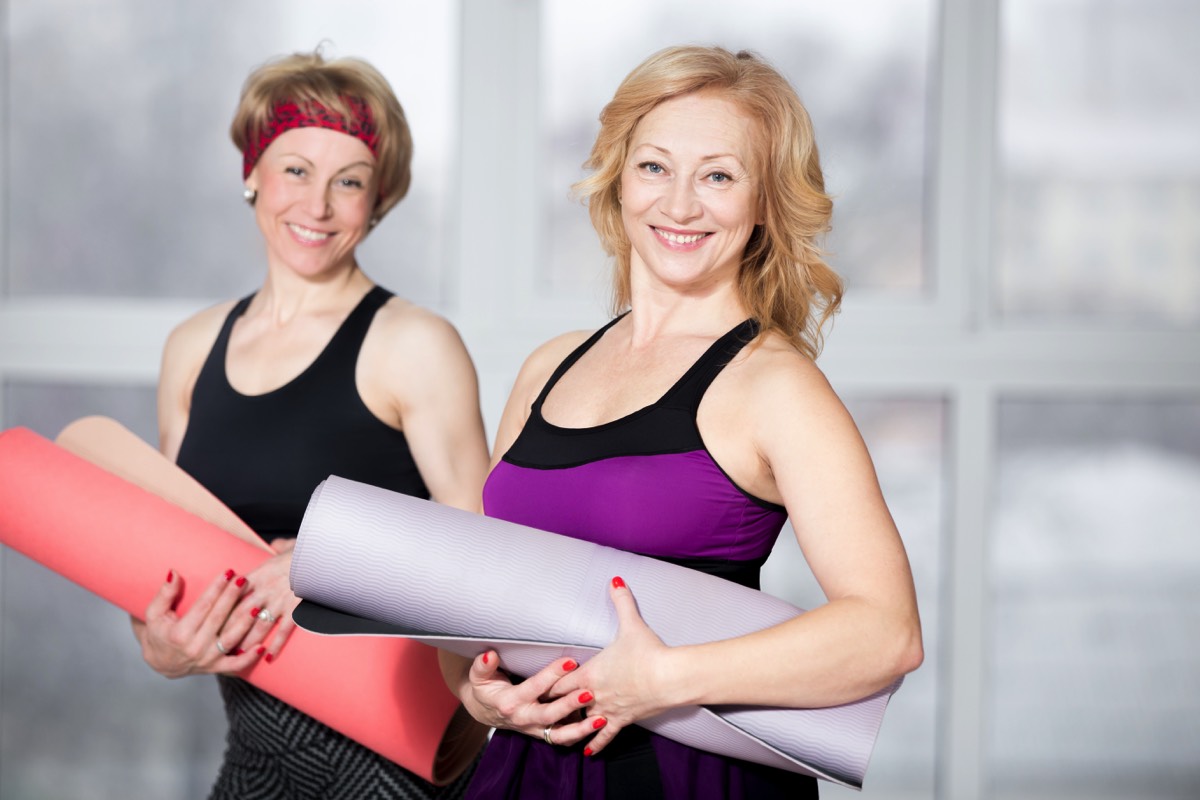
We hear constantly from our media how our society is becoming more sedentary and overweight and the health problems this is causing. Programmes present to us methods of testing how young or old our bodies really are dependent on a variety of physical and mental tests, and often the results are not what we want to see.
So what is the answer …. can movement really help us to stay younger, live longer and lead a healthier lifestyle?
- Reduces tension, stress and anxiety and enhances mental well-being
- Tones and strengthens muscles
- Improves muscular endurance and flexibility
- Boosts the immune system
- Increases bone strength and prevents osteoporosis
- Improves cardiovascular fitness and helps reduce the risk of coronary disease and strokes
- Improves sleep patterns
- Eases pain and stiffness of arthritis
- Boosts levels of HDL (healthy cholesterol) in the blood and reduces high blood pressure
- Reduces the risk of type 2 diabetes
- Improves energy levels and self-esteem
- Relieves and reduces the risk of back pain.
We spend such a large amount of time sitting, whether it be in our cars, at our desks, and with our computers … we don’t even have to leave home to do our weekly shop, and this definitely plays a part in posture-related aches and pains. It is the repetitive nature of these positions which creates the problem. The saying of if you don’t use it — you lose it is so very true when we look at what happens to our muscles and bones when we don’t move our bodies regularly.
We need movement to work on our posture, to keep us upright, so we need to tone and strengthen the muscles that support us in this position. Think about how as toddlers we start to use our support muscles to pull us up onto our feet and to keep us balanced and able to move. Then we head to school at the age of 4/5 and start to sit down more and more and this continues through life. We need to keep using those supportive muscles, keep us upright and keep our youthful posture. Plus movement will build stamina and improve endurance and flexibility: the more we do the more we will be able to do, plus we will be able to do it for longer.
Then the answer is to move our bodies, build the stamina in those muscles so that you can stick with the gardening for longer than 20 minutes, like we have always been able to do.
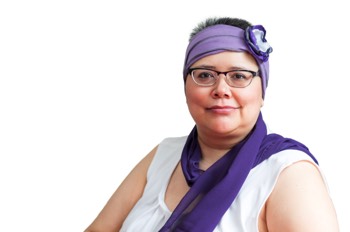
Movement is a main player in preventing ill health, not just related to the physiological benefits to bones and muscles. We know that by exercising we can keep our bones and muscles strong, but what about the mind-body connection? By being inactive we become more tired and sluggish, both physically and mentally, the less we do the less we want to do! Also being inactive can affect our sleep, and although we all need different amounts, having enough sleep can affect our mood, and our ability to cope and respond to life and everything it can throw at us.
Exercise and movement has been shown to have a positive effect on relieving stress and improving our self-worth.
“I would like to thank Jane for her EXCEPTIONAL teaching! Your classes have truly changed my life for the better, Looking after and improving my mental health continues (and will always be) important to me.“
Stress can make such a difference to our mental and physical well being, it can lead to high blood pressure, depression and anxiety, and these conditions then have an effect on our physical being, such as leading to stomach cramps, asthma, headaches, all of which affect our ability to live the life we want to live. Getting the body moving can reduce the feeling of stress as it releases endorphins often referred to as ’happy hormones’ which make us feel good. Either getting your body moving with a group of friends or on your own, it can make life feel good.
Moving the body will lift your spirit, expand creativity, it can help with sleep, clear the mind, as well as increasing fitness levels and keep the body strong and mobile. The amount of movement and how active you wish to be, is different for everyone, but what is the same is the increased vitality, looking at life differently and seeing all its potential and possibilities. It can make us visualise our dreams and enrich our experiences. As a Pilates teacher I have been fortunate to see and share experiences with many women and men who started getting their bodies moving with me and although they started because of a single problem eg, lower back pain, they continue to progress and their aims aren’t only about being pain free, but they are now doing more with their lives, as they have made friends, gained confidence and have greater self-esteem.
“I’m 72 Jane and still able to race my grandchildren around the garden and beat them … I want to continue to do this for as long as I possibly can, and its all down to you.”
As Joseph Pilates originally called his system of exercises Contrology, he believed that getting your body moving and using his exercises regularly and consistently, would enable a “return to life”.
I am grateful that in my role as a Pilates Coach, I have enabled people to blossom and continue to live the life they want to live.
Jane Thomas Pilates
First Class Pilates with Jane Thomas
More Blogs For You To Read
It’s Not Just About The Physical Workout
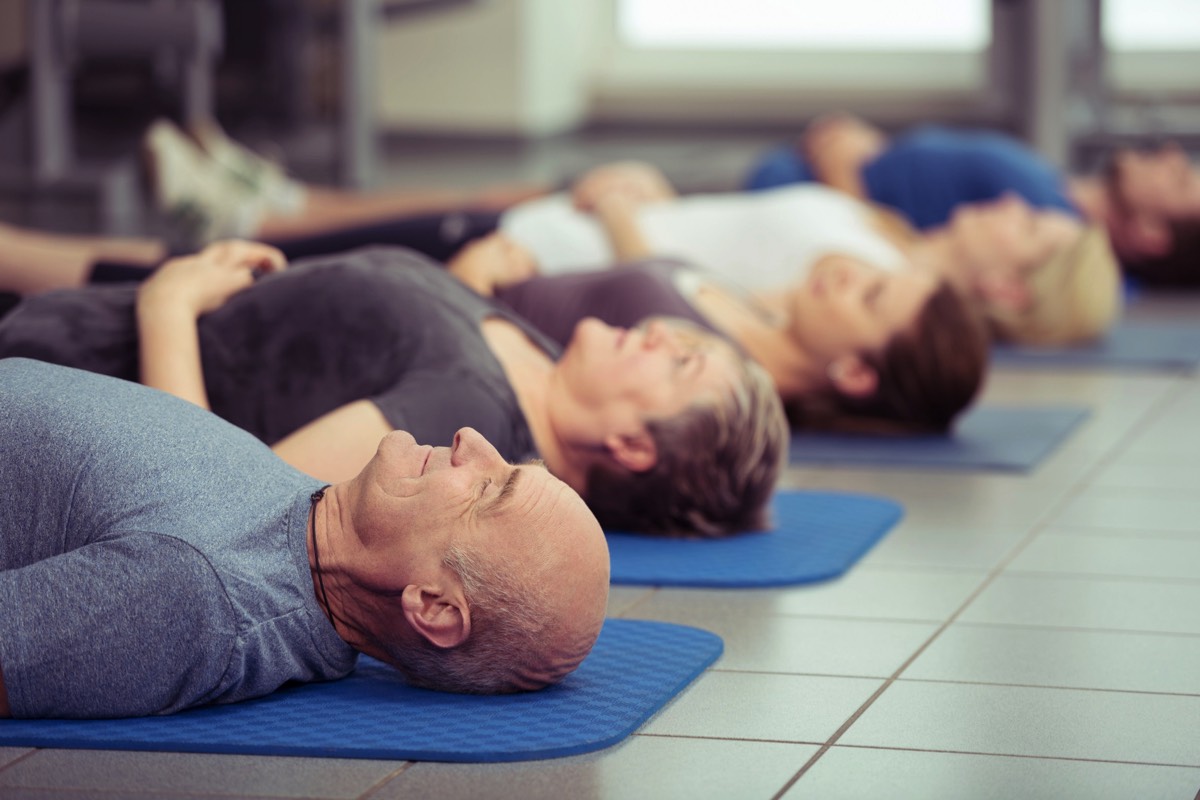
We all have occasional down days but sometimes those days can turn into longer-term mental health conditions.
Read more here…
Feeling Your Feet
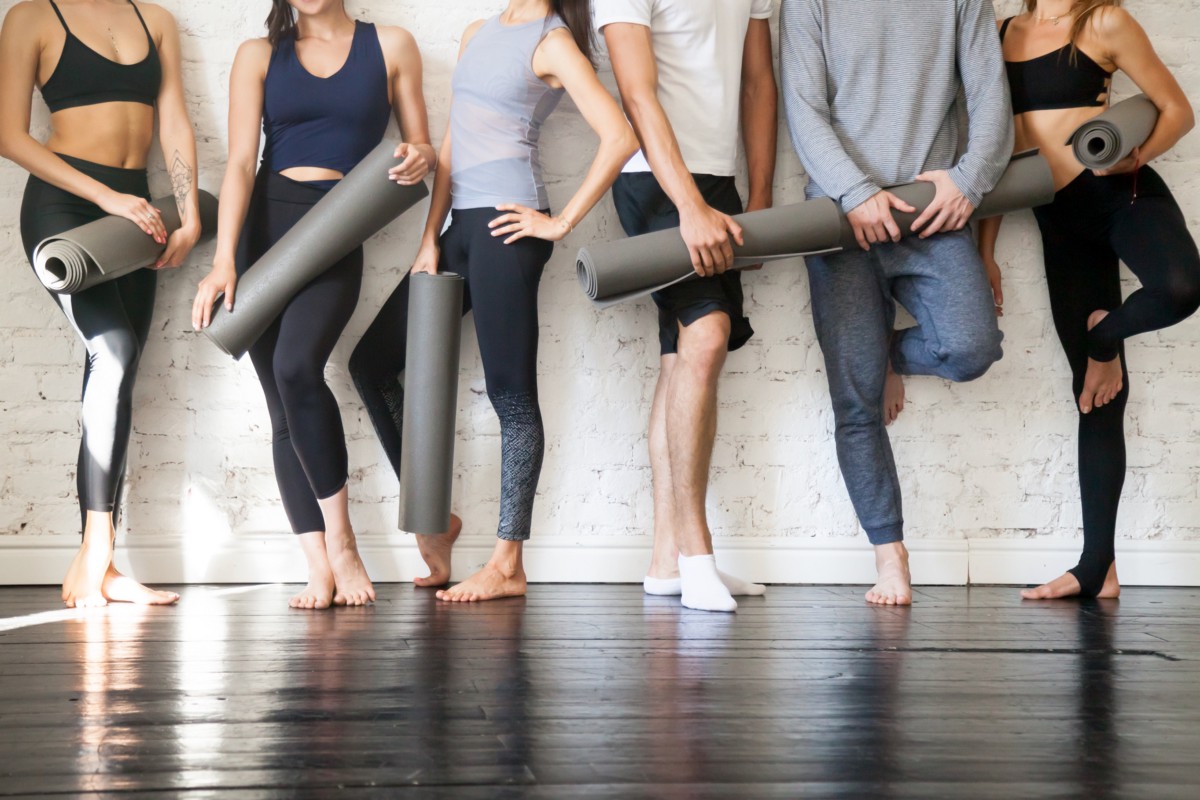
Read more here…
The Working Year as a Sole Trader
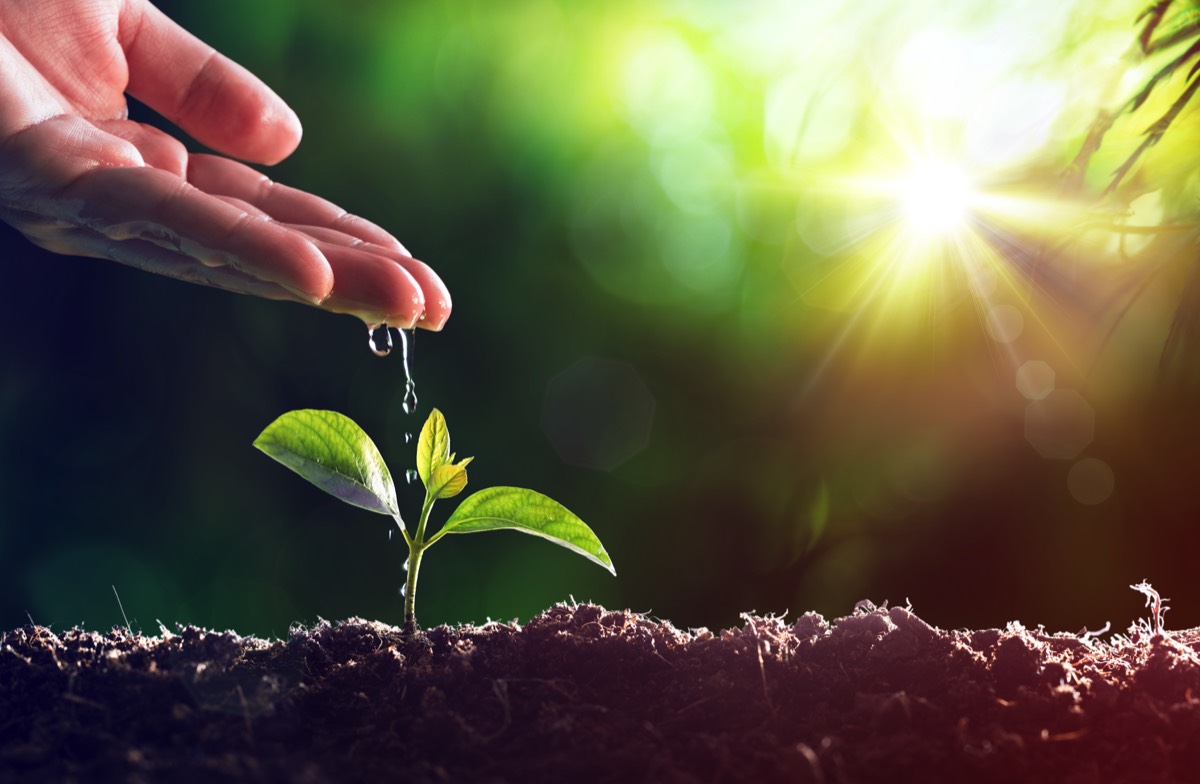
In particular having chatted to a couple of fairly newly qualified teachers last week, it was interesting to hear how they think and approach the organisation of their classes.
Having worked in the fitness industry and for myself for a long time, I know how easy it can be to feel the need to be busy all the time, and to work at every opportunity.
Read more here…
Pilates for ALL clients …
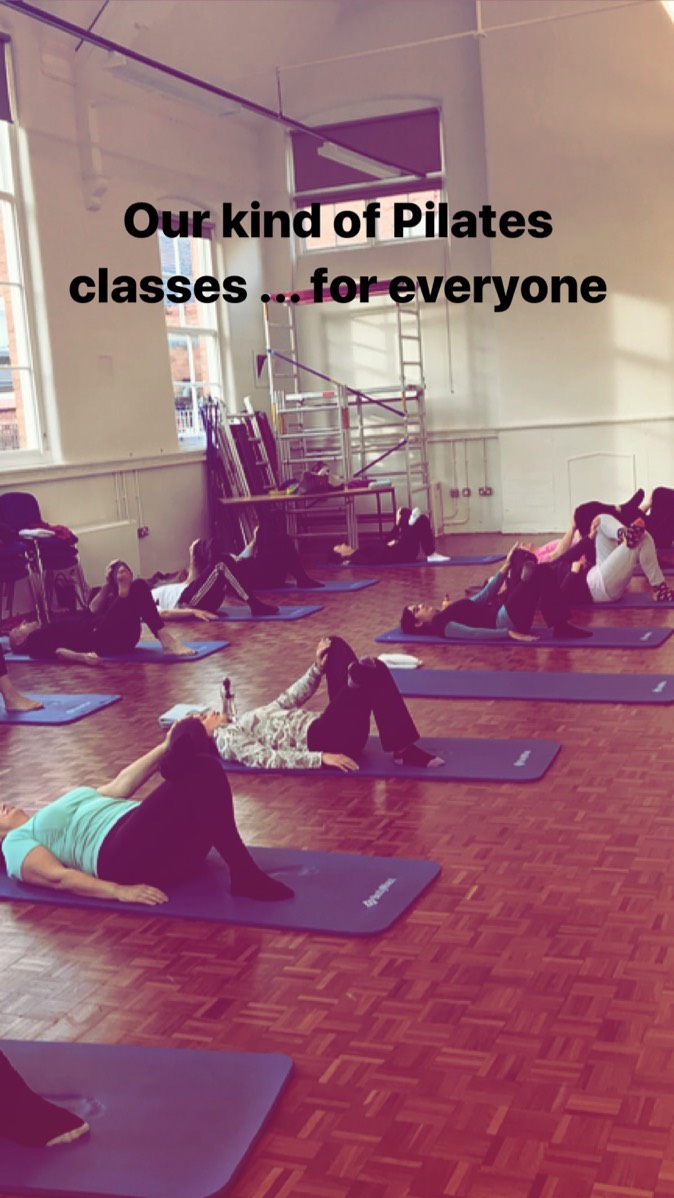
- ❏ Arthritic wrists — making weight bearing difficult
- ❏ Arthritic knees — making any kneeling work difficult plus some movement at the knee joint a problem
- ❏ Bunions — making some standing work difficult and positioning of toes and weight bearing into feet a problem
- ❏ Plantar fasciitis — making foot work and mobility in the ankles difficult
- ❏ Frozen shoulders — mobility and some weight bearing difficulties
- ❏ Non-specific lower back pain — making some positions and mobility difficult and painful
- ❏ Bursitis — making any hip movement a challenge
- ❏ Bulging discs/herniated discs — making positions and movement of the spine difficult
- ❏ Hypermobility — making mind/body connections a challenge, and range of movement issues
Plus hip and knee replacements — which seem to be becoming more common — but this may be related to my client age group.
Read more here…
The success of a blog for clients …
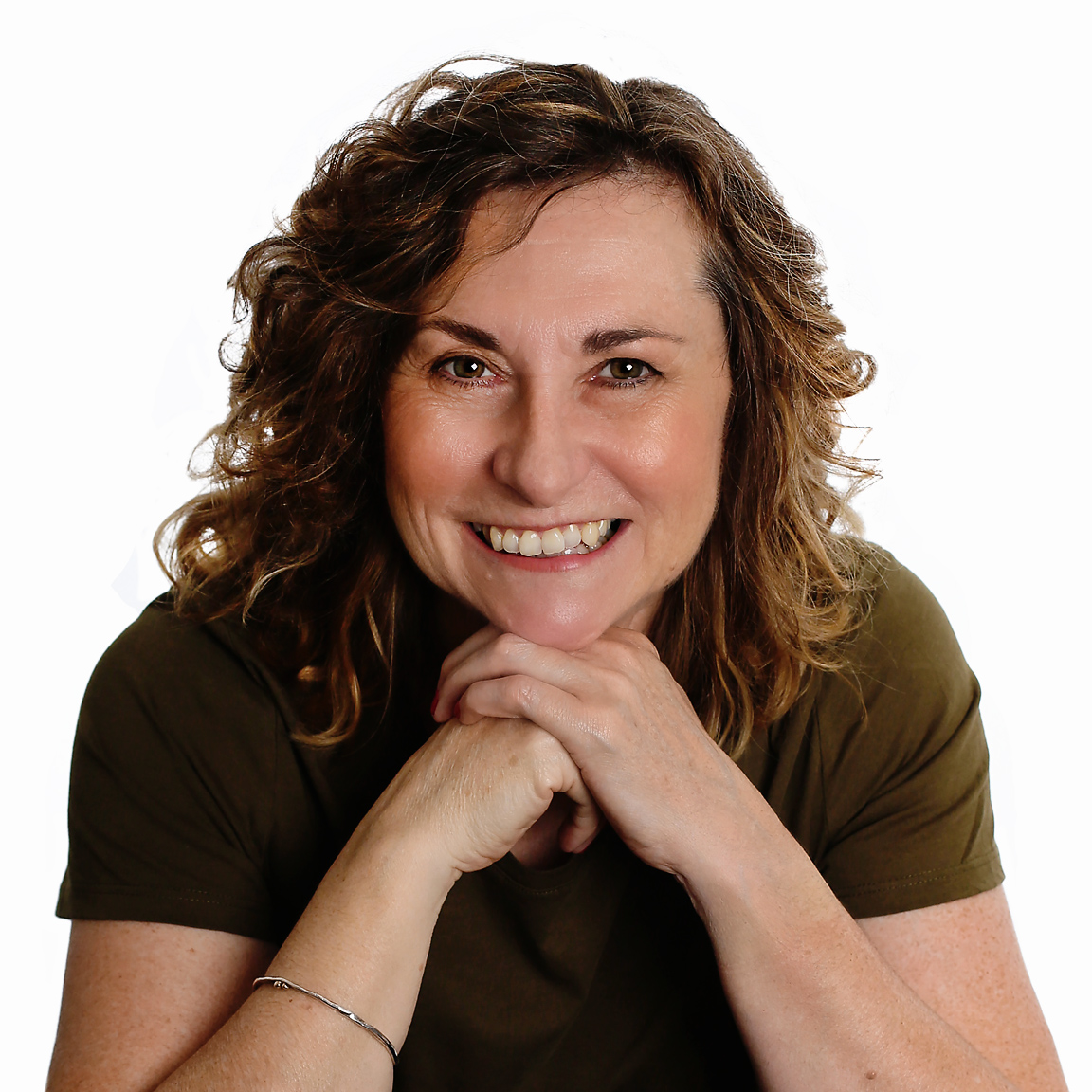
For those of you who love a statistic, we have 1018 who subscribe to the Newsletter, and around 50% of those subscribers actually buy from us in one way or another, either matwork, Reformer classes, or one-to-one studio sessions.
Read more here…
For the Love of the Psoas…
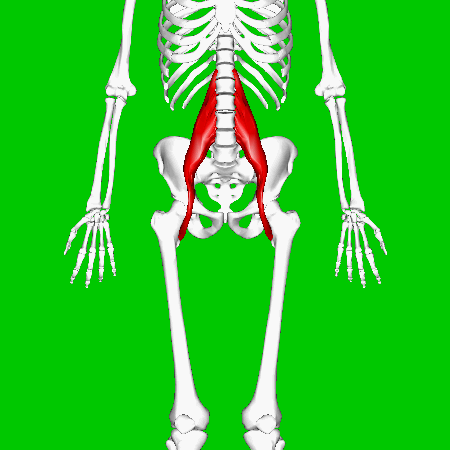
I love this muscle, because when we get it working properly and freely as Pilates Coaches it can make such a difference to our clients’ movement, performance, balance, and emotional wellbeing. The function of the psoas is also an important factor when dealing with lower back pain. So here I share a little about what I have learnt from Kinesiologist Douglas Heel.
For those of you who have heard of Douglas Heel, you will know that he combines science and coaching with a relaxed, happy and an almost meditative perspective. For those of you who haven’t heard of him he has devised a programme of coaching known as Be Activated.
Read more here…
Here I am, welcoming the start of another week. And I have to say that I am waking up on this Monday free of pain.
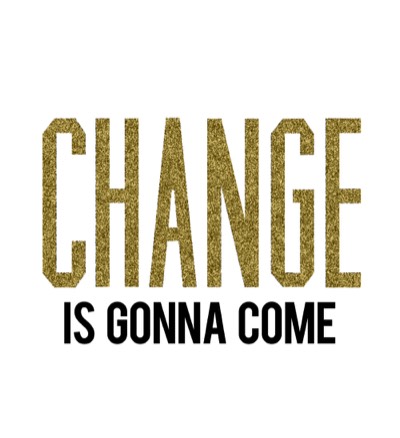
So much so, that it ended up with a trip to hospital as my GP was also concerned that there could be an underlying problem, when my migraine had become so bad that none of my normal medication was helping. On the fifth day of continuous pain enough was enough!
I am thankful to say that after lots of tests there was no sinister underlying cause, but after talking and answering the Neurological Consultant’s questions, the diagnosis is stress-related migraines.
Read more here…
I am very much about giving something for free, and I often see criticism in the fitness industry about giving free sessions as "undervaluing" what we do, but this isn't how I see it…
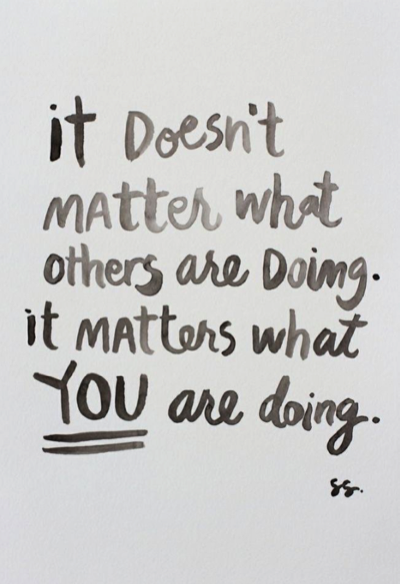
We can spend lots of time on social media sites setting up posts, scheduling posts etc, trying to show what we are about. And don't get me wrong, I obviously recognise the benefit of having a social media presence, and how important this is in our industry. I just really believe that giving half an hour of your time to spend with a client for free, could be worth an extra £300 on your turnover, whereas hours and hours on social media can often result in £0, nil points, nothing.
Read more here…
DO YOU WANT TO TEACH A PILATES CLASS OR DO YOU WANT TO TEACH A GREAT PILATES CLASS?
Here are my top 10 tips for teaching great Pilates classes…
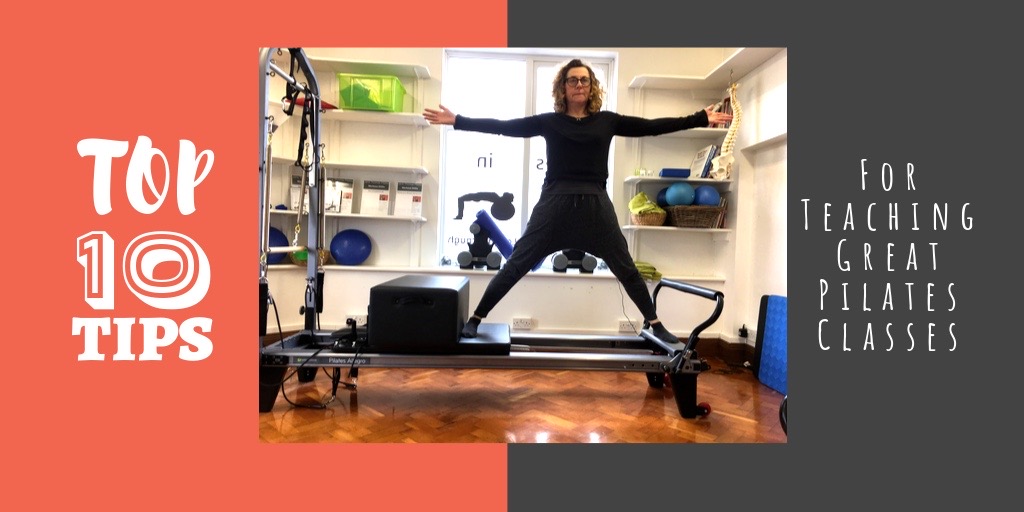
❏ Know your class participants’ names and make it your aim at every class to find something out about their lives
❏ Always ask how their bodies are today — this gives new participants an opportunity to speak up, regular participants to say if they have overdone it, this gives the teacher a heads up about modifying or adapting certain exercises
❏ Build the bond between the teacher and the participants
❏ Create a feeling of attentiveness and professionalism that you know what you are talking about and demonstrates an outstanding level of care.
Read more here…
So What’s Next in Your Pilates World?
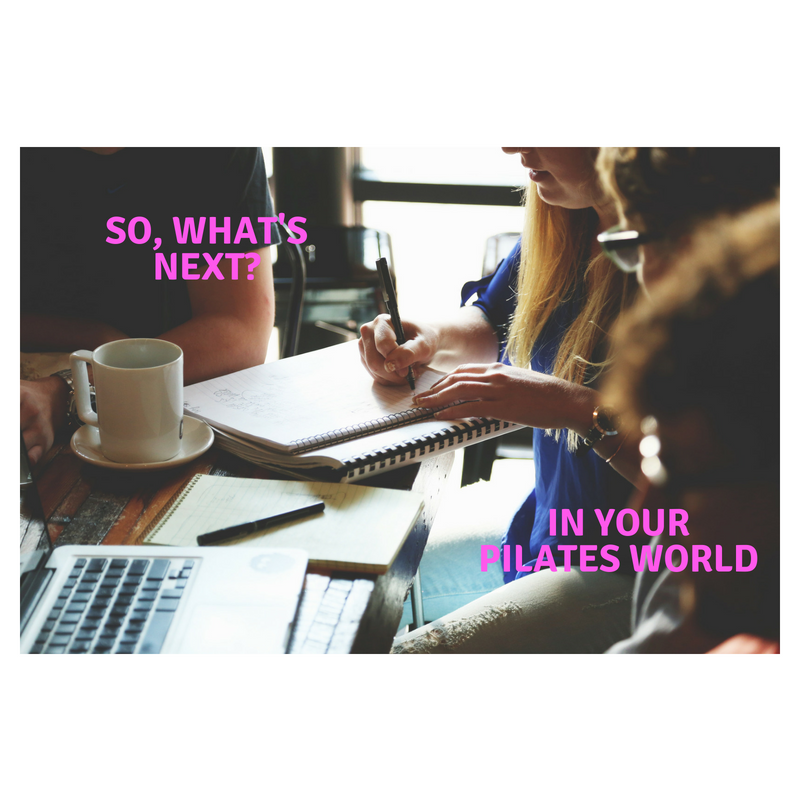
Whether you have just qualified or you have been teaching for a long time, you will reach a point in your Pilates career when you start to ask yourself
“What do I do next?”
You may be teaching for a gym or leisure centre, or you may be teaching your own classes in the community, and whilst you may love what you are doing, you may start to feel things getting a little stale, or you are feeling a little drained with what you are doing day in and day out.
Read more here…
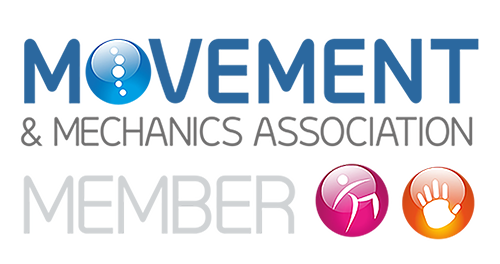
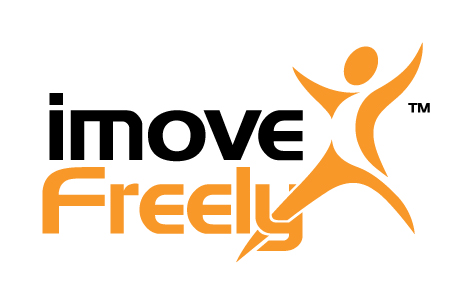

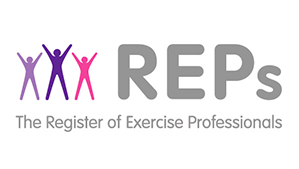

First Class Pilates — 9 Great Central Road — Loughborough — LE11 1RW